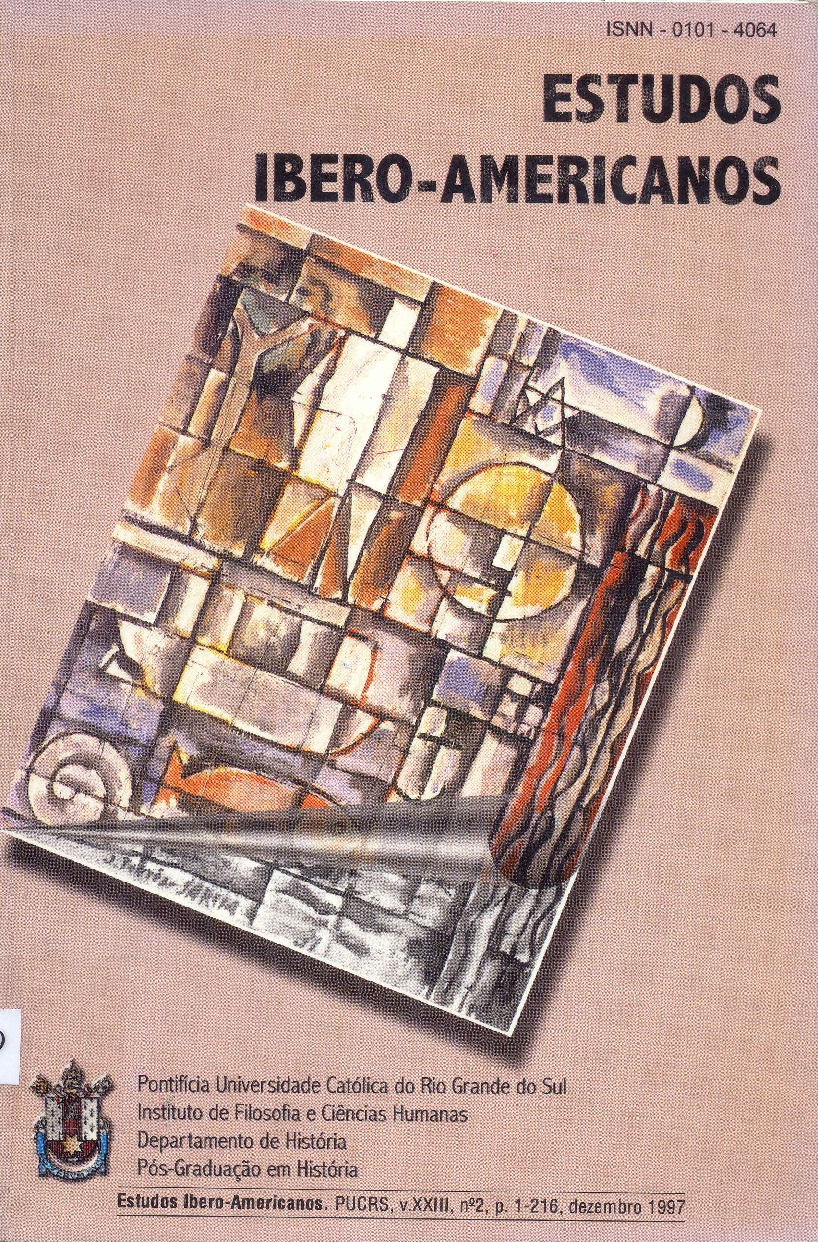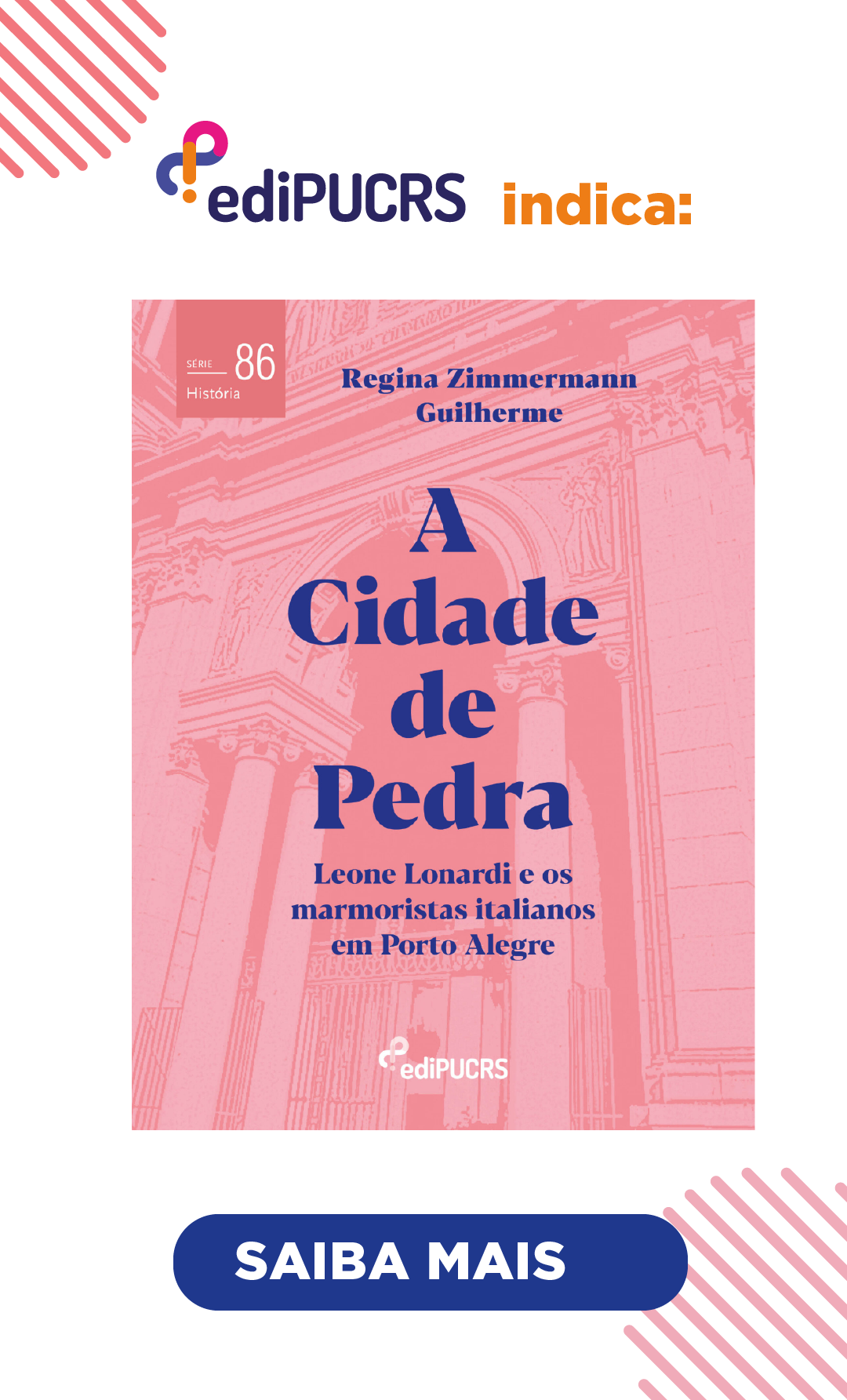SYMMETRY AND SYMBOLISM: TORRES GARCIA, XUL SOLAR AND BARNETT NEWMAN
DOI:
https://doi.org/10.15448/1980-864X.1997.2.28274Abstract
It would be difficult to find points of contact between these paradigmatic figures: the Uruguayan Joaquín Torres García (1876-1949), the Argentinean Alejandro Xul Solar (1887-1963) and the North American Barnett Newman (1905-1970). However, behind their different attitudes towards life, the three artists share common spiritual aspirations that impart universal content to their creations in a historical period where the word Modernism was recognized as a synonym of formal renovation.
Torres García had devoted himself to the articulation of a constructive proposal with mystical and universal connotations. In Paris Torres García consolidated his particular blend of Constructivism. After leaving his wake of murals, paintings, constructions with wood, toys, drawings, programmatic texts, and manifests in Europe, the artist returned to Montevideo. There he deepned his pictorial aims, published Estructura and Universalismo Constructivo, gave lectures, executed large-scale murals- unfortunately no longer in existence- and founded the Escuela del Sur.
Xul Solar, after a formative period in a Europe divided by the First World War, returned to Buenos Aires in 1924 and participated in the Martin Fierro group. Although always ready to listen and share with others cosmogonies, Xul turned out to be for most of his contemporaries, a loner, an eccentric, in keeping with that “exotic appearance” with which he protected himself. Barnett Newman, one of the greatest North American abstract expressionists, a student of archaic art and primitive people, expressed with his canvases articulated with vertical strips the vision of an artist who recreated in his [abstract] forms a world of symbols. He advocated the use of geometric elements but was opposed to the pure abstractionists, whose epitome- according to Newman- was the production of Mondrian. In that new painting, which he had called plasmic, because the plastic elements of the art have been converted into mental plasma, abstraction is the appropriate language for visualizing forms and colors that act as symbols to draw the observer closer to the artist’s vision.
It is impossible to confuse the emotion contained in Newman’s abstractions with the expansive energy radiating from Torres García’s constructions or with Xul Solar curious ideographs incorporated into his language: Neo-Creole as irreverent as it is suggestive; these express incomparable gestures and attitudes. What we wish to stress is that sharing a cosmic vision with an evaluation of the mythical and symbolic has led to important coincidences between these artists, till now not studied from this perspective, coincidences that reaffirm the importance of the spiritual compromise of a group of artists within the modern movement.
Downloads
Downloads
Published
How to Cite
Issue
Section
License
Copyright (c) 2017 Mario H. Gradowczyk

This work is licensed under a Creative Commons Attribution 4.0 International License.
Copyright
The submission of originals to Estudos Ibero-Americanos implies the transfer by the authors of the right for publication. Authors retain copyright and grant the journal right of first publication. If the authors wish to include the same data into another publication, they must cite Estudos Ibero-Americanos as the site of original publication.
Creative Commons License
Except where otherwise specified, material published in this journal is licensed under a Creative Commons Attribution 4.0 International license, which allows unrestricted use, distribution and reproduction in any medium, provided the original publication is correctly cited.






